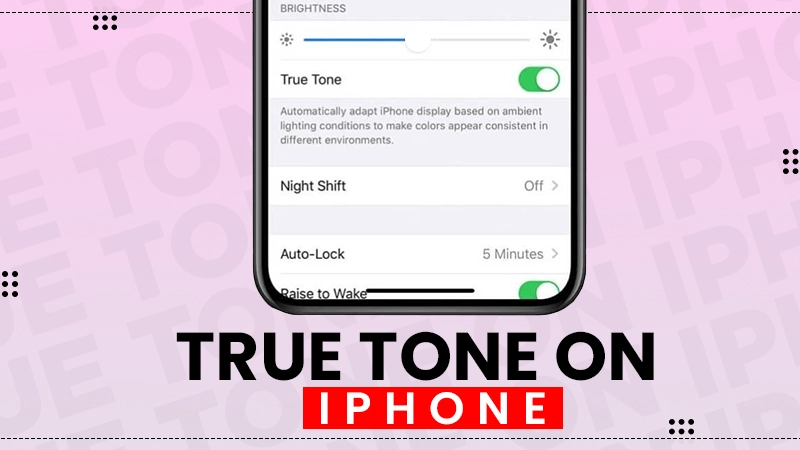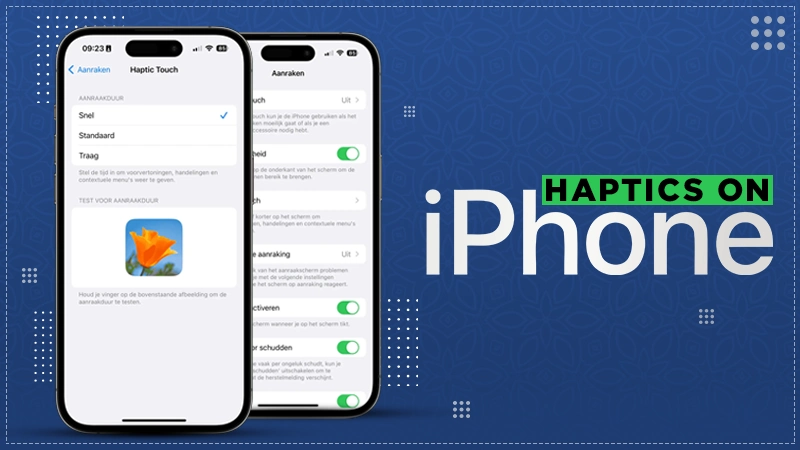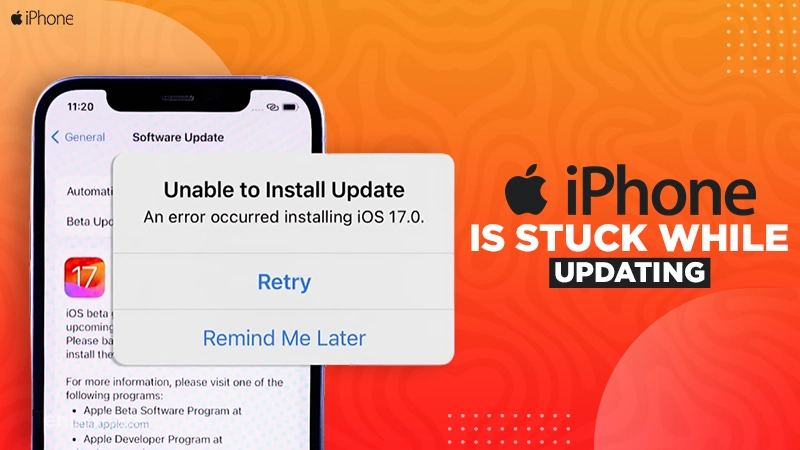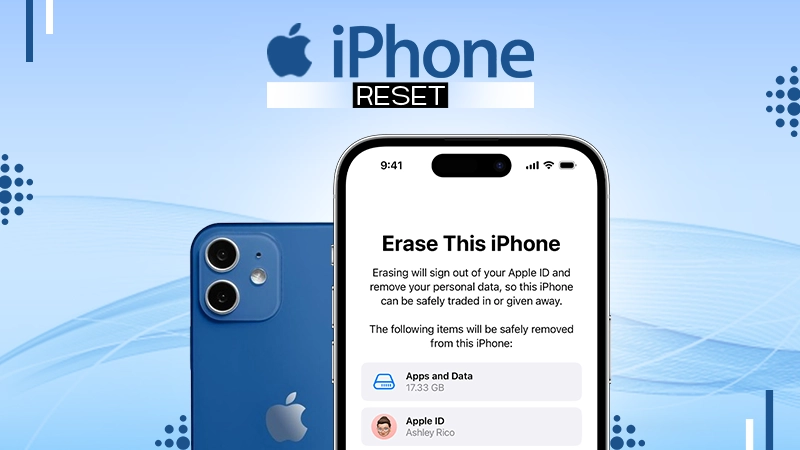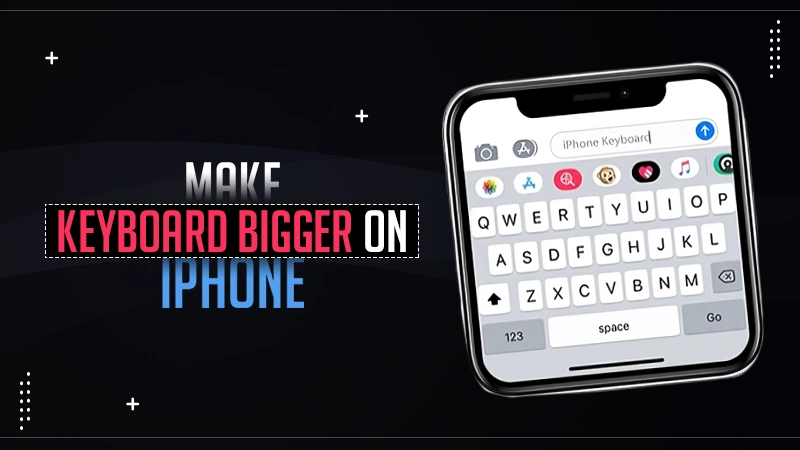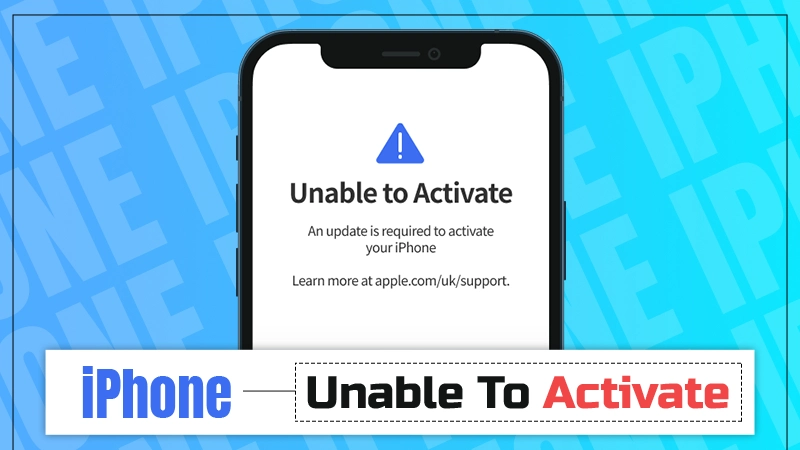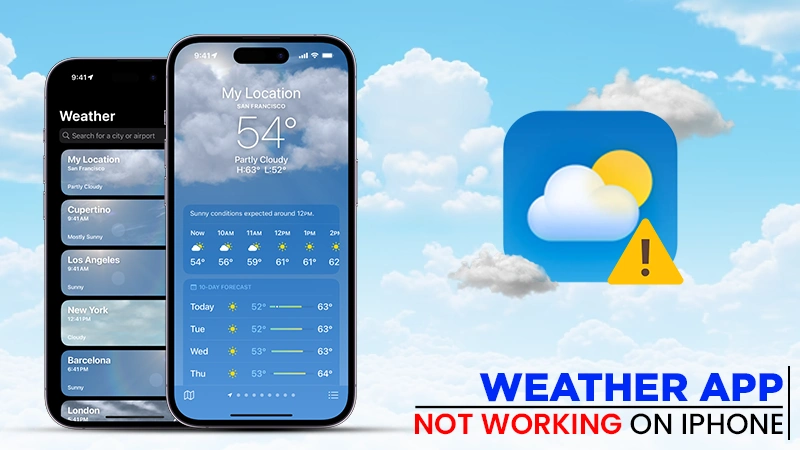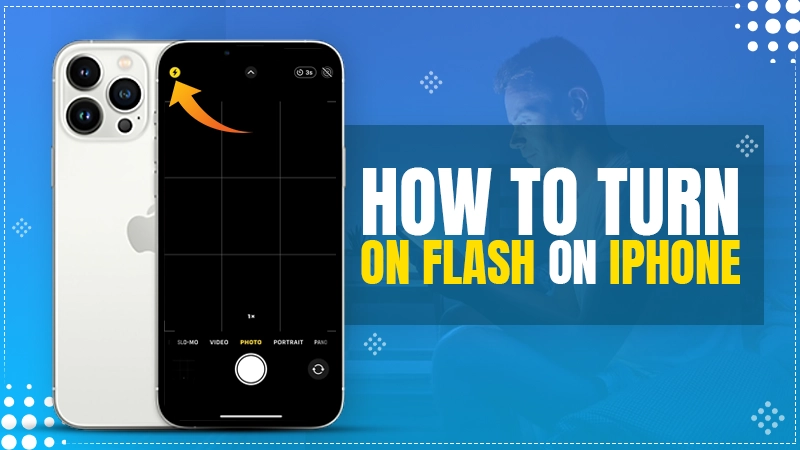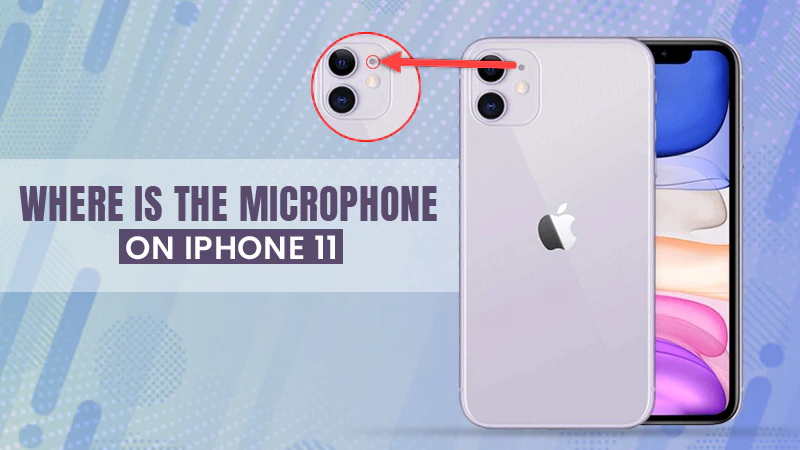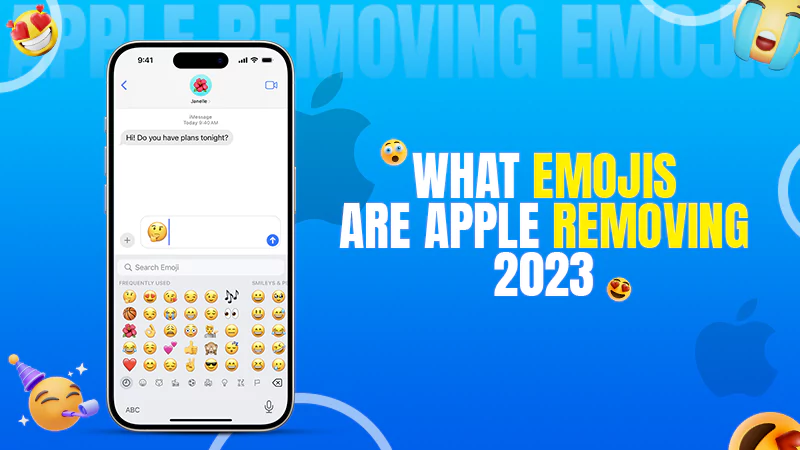How to Clear System Data on iPhone? – 7 Effective Ways to Manage Storage
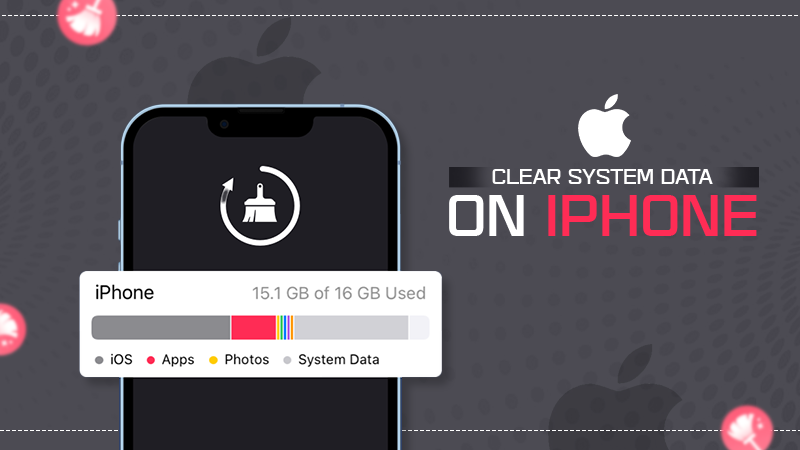
Are you running out of storage and getting a full storage notification on your iPhone? We know how annoying it can be when you buy an expensive phone like iPhone 15 and start facing storage issues.
You can delete normal data to free up space, but this can be problematic if iPhone system data covers a large portion. That’s why, it is suggested to clear cookies on your iPhone, check for your device’s storage space, factory reset, and so on.
Here, we are going to deliver 7 workable methods to learn how to clear system data on an iPhone so that you can enjoy an uninterrupted and smooth experience.
How to Check iPhone System Data?
System data is the storage of the device that includes cache, cookies logs, and other recently used resources. It is too hectic to manage this data on your iPhone as it consists of so many miscellaneous items.
Here are the steps that you should follow to understand the statistics of your iPhone system data:
- First, go to Settings of your device and tap on General.
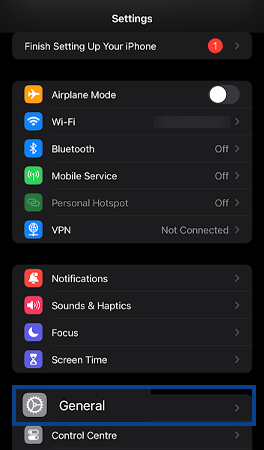
- Now, head to iPhone Storage.
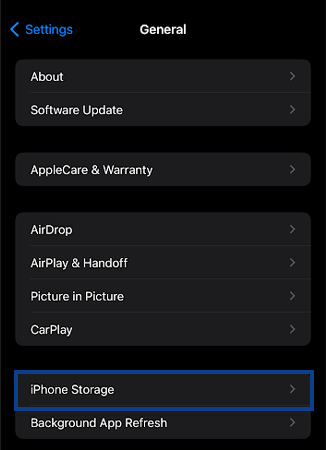
- Check the storage bar filled with different colors representing used and available data in the phone.
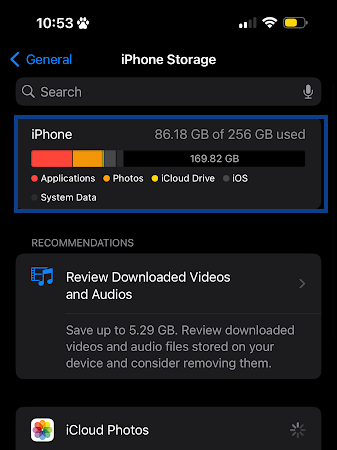
You can also check the system data on a Mac by connecting your iPhone or iPad and running Finder or iTunes.
How to Clear iPhone System Data? [7 Effective Methods]
If your system data on your iPhone takes up to 20 GB of storage, it is not considered an issue, but if it goes beyond this limit, you should find a solution. Here are 7 ways you can opt for to learn how to clear up system data on iPhone:
Erase Browsing History
This is one of the easiest ways to manage system data. Here is how to clean iPhone storage data by erasing browsing history in Safari:
- Open iPhone Settings, then scroll down and select Safari.
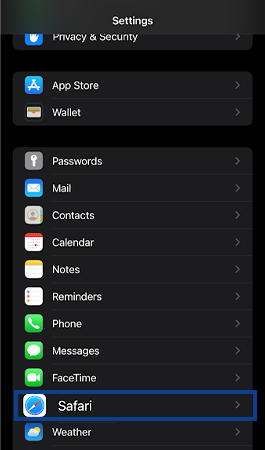
- Now, scroll to the end of the page and select Advanced.
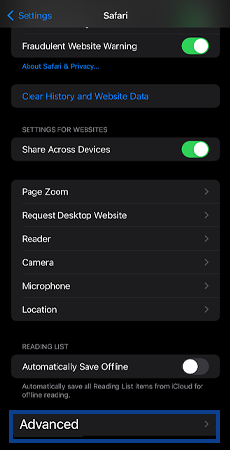
- Then, tap on Website Data.
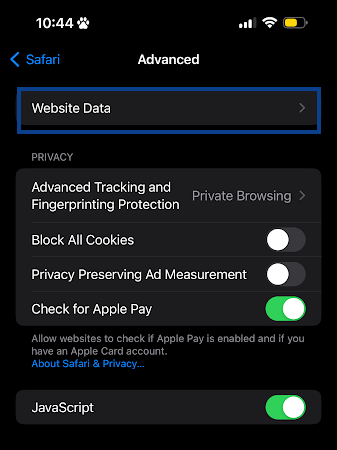
- Then, select Remove All Website Data.
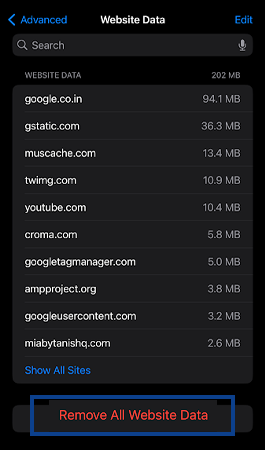
- At last, tap on Remove Now.
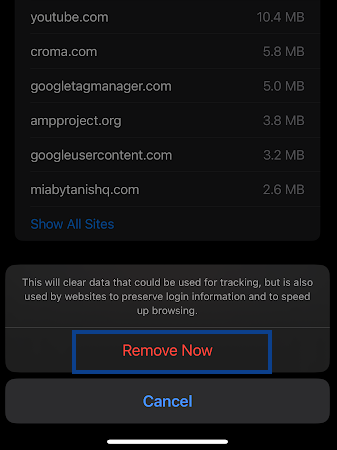
If you have large files available in other browsers, such as Google Chrome or Firefox, you should delete them as well.
Note: While this method prevents iPhone system storage and protects your data, it also reduces the speed and personalization of your browsing experience by deleting all saved history and cache.
Also Read: 8 Amazing iPhone Tips to Keep Working at Peak Performance
Offload or Delete an App
While checking the storage of your iPhone, you can see the app on the top that is taking the most space. The app may take a limited size, but its cache can grow too much, which can cause crashing or freezing. In such a case, you can clear the app cache on your iPhone by offloading or deleting it.
Here is the process to opt for any of these solutions:
- Go to Settings > General.

- Now, tap on iPhone Storage.

- Select the required app from the list.
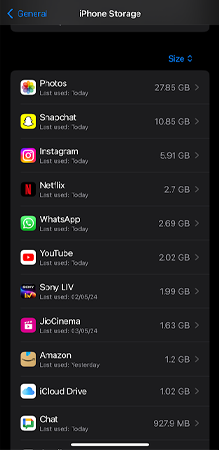
- Choose any one option from the following:
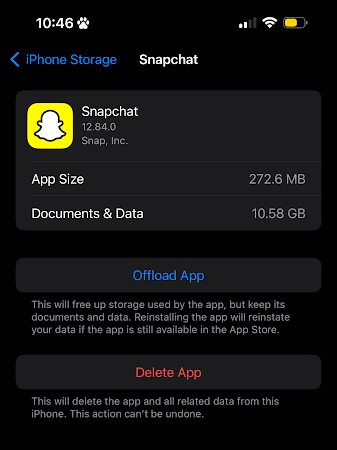
- Offload App: This option will remove the app from your device without erasing its data. It will release some space in your device. When you reinstall the app, you can continue using it with your old data. Offloading an app is preferred when the app is very large but uses little data.
- Delete App: This will result in uninstalling the app without retaining its data. If no other option works, and you haven’t used an app for so long, you can tap on it and release some decent chunk of storage.
Additionally, you can also disable background refresh for the apps and restrict the location service to save more space on your iPhone.
Note: If you are using an iOS 16 or later, unused apps will get offload automatically after enabling it.
Delete Local Backups
Local backups on your iPhone are stored as system data by some apps, and iCloud is no exception. You can simply locate backups of your iPhone, iPad, and iPod touch and manage your iCloud storage as follows:
- Visit iPhone Settings and tap on your name or profile picture.
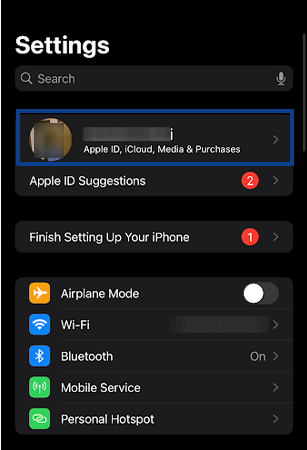
- Now, select the iCloud option.
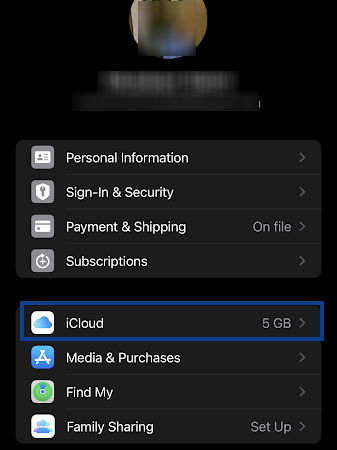
- After that, head to Manage Account Storage.
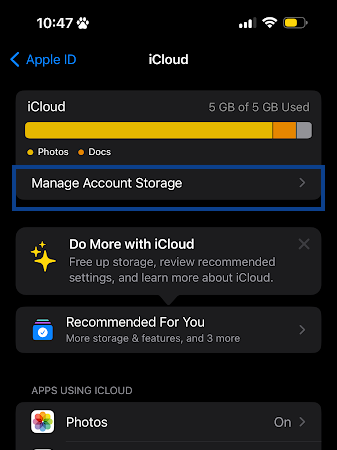
- Next, tap on Backups.
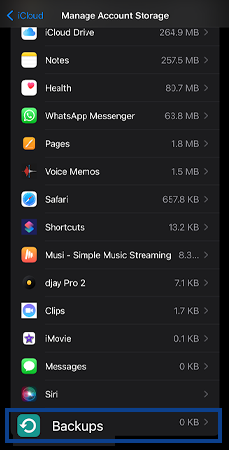
- Select the device whose local backup you want to delete.
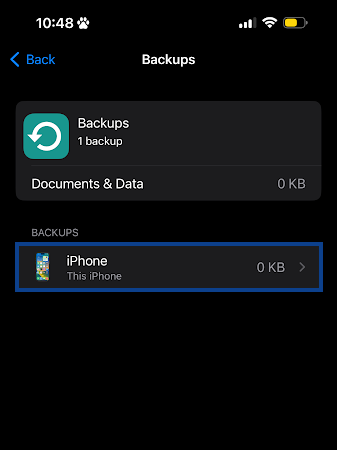
- At last, tap on Turn Off and Delete from iCloud.
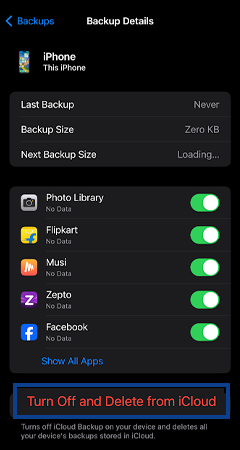
Note: Deleting a backup also disables the automatic local iCloud backup feature. You can enable it again by going to iCloud settings.
Also Read: How to View Your iPhone Clipboard History?
Delete Large Attachments
It is always a good idea to remove sent and received large files that are no longer needed to free up space on your device. iPhone has a simple way to deal with these files. The relevant steps are given below:
- Go to Settings > General.

- Tap on iPhone Storage.

- Then, locate Messages and tap on it.
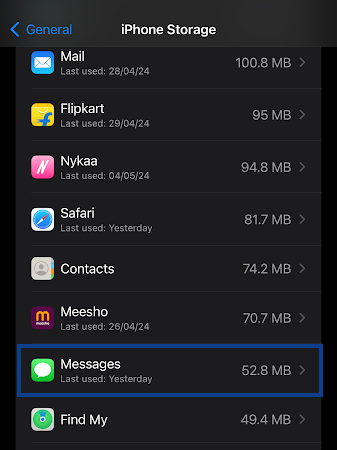
- Under the Documents section, select any sub-category from Top Conversations, Photos, Videos, etc., to delete the large files.
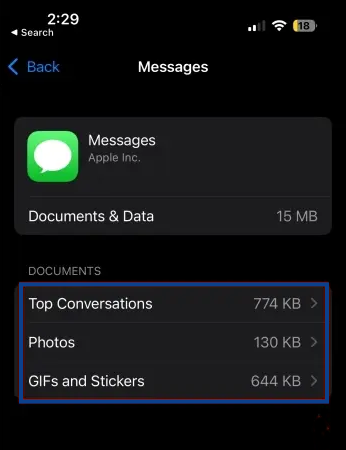
- Finally, select the useless attachment you want to remove and tap the trash or red minus icon, whichever is available.
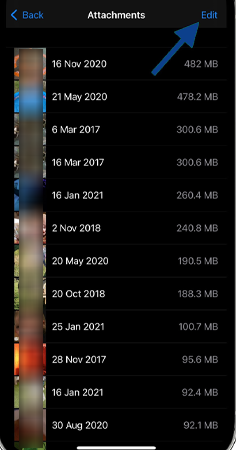
After this process is complete, the files will be removed from your device, freeing up system storage space.
Alt tag: How to See Recently Deleted Apps on iPhone/iPad – Guide
Clear Message History
Not just the message attachments, but you can also delete messages on your iPhone. You can schedule the automatic message-deleting process as follows:
- Visit Settings > Messages.
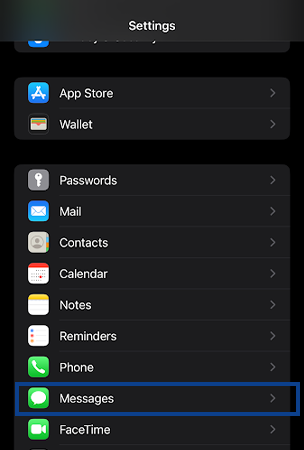
- Scroll down and select Keep Messages.
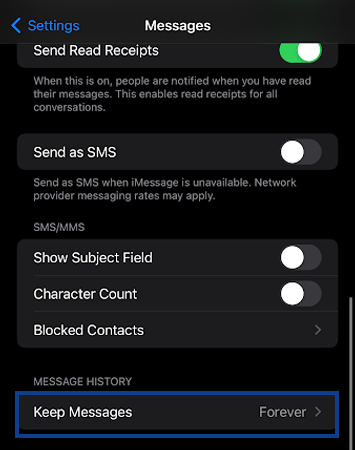
- Tap on either 30 Days or 1 Year.
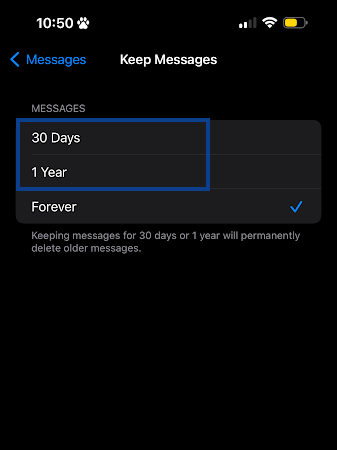
Furthermore, you can manually remove older messages, voice memos, and notes that are of no use and can also sort iPhone photos without duplicates to reduce the system data storage.
Update Software
An outdated version of the software might affect the smooth functioning of the device and in rare cases, it may also restrict you from clearing system data.
- Go to Settings > General.

- Tap on Software Update.
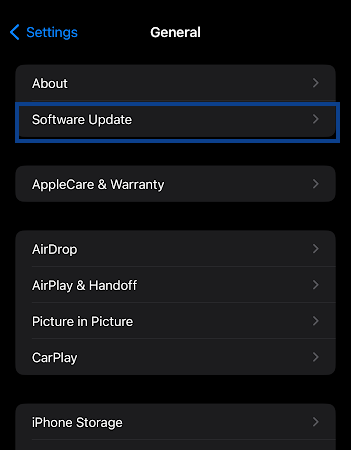
- If an update is available, download and install it by tapping on Update Now.
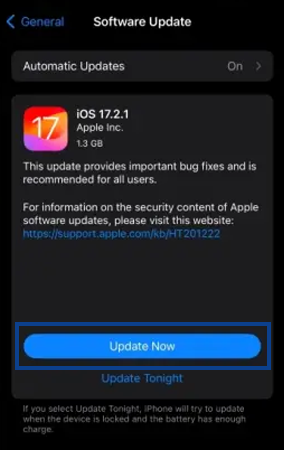
You can also update your iPhone or iPad software by enabling automatic updates. For this, go to Settings > General > Software Update > Automatic Updates > Turn on Install iOS Updates and Download iOS Updates.
Factory Reset the Device
A factory reset allows you to erase iPhone data and restore it to its default settings. This is the final option for managing space on your device. Here are the steps you must take to do so:
- Visit Settings > General.

- Then, go to Transfer or Reset iPhone.
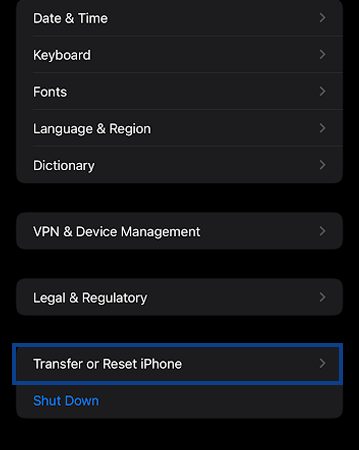
- Now, tap on Erase All Content and Settings at the bottom.
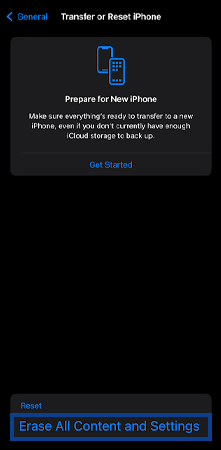
- Next, you’ll see the data that will be removed, select Continue here.
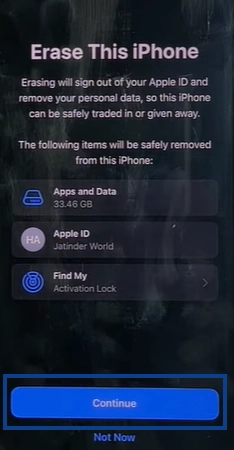
- If asked, enter your Apple passcode.
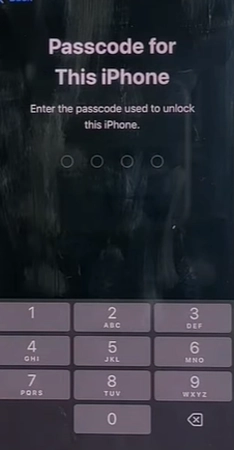
- After that, the system may ask you to submit your Apple ID password to disable Find My and Activation Lock. Enter it and tap on Turn Off.
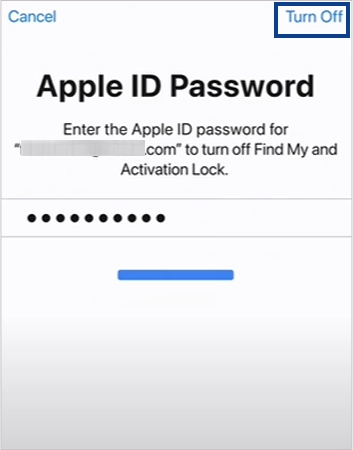
- Finally, select Erase iPhone to finish the factory reset process.
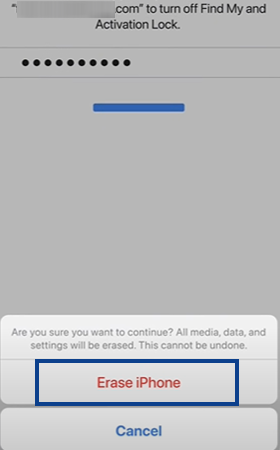
Note: It is suggested to use iCloud login for data backup and sync so that you can easily recover the important files and other items once the resetting of the iPhone is finished.
Final Words
We provided several solutions to the problem of how to clear system data on iPhones easily, including clearing browsing history, cache, local backups, message history, and resetting an iPhone.
In case, you’re unable to clear system data or facing an issue while following any of the above-mentioned fixes, you can contact Apple Support.
We hope system data is no longer interfering with your experience, and you can now use your device without difficulty!
FAQs
Ans: This could be because each time you visit an app, new cache files are generated and saved as system data.
Ans: Unfortunately, there is no way to delete iPhone system data, but you can delete certain files, history, and cache to free up some space.
Ans: To free up space on your iPhone without deleting anything, you can try to restart the device.
Ans: Yes, a factory reset removes all data from the iPhone and sets it to the default settings. You can keep a backup before the factory reset to recover the data later.
Sources:
